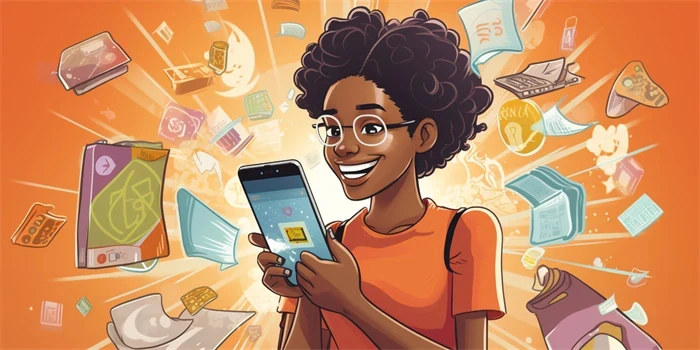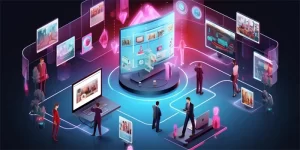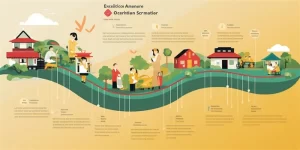YouTube, the popular video-sharing platform, has become a breeding ground for talented artists to showcase their skills through cover songs. Many aspiring musicians dream of making a living through their YouTube channels, but the question remains: do cover artists actually make money on YouTube? In this article, we will delve into the various aspects of this topic to provide a comprehensive analysis.

Monetization of YouTube Channels
One of the main ways YouTube creators earn money is through the monetization of their channels. This involves enabling ads on their videos, which generate revenue based on factors such as views, engagement, and ad clicks. However, for cover artists, earning money becomes a slightly more complex process.
Content ID System
YouTube’s Content ID system detects copyrighted material in videos and gives the respective copyright holders the ability to claim and monetize such content. This means that cover artists may not receive direct monetary benefits from their cover songs since the system recognizes the original copyrighted material.
Despite this, some cover artists find ways to still generate revenue through YouTube. Let’s explore a few of these avenues.
Collaborations and Sponsorships
Cover artists often collaborate with other YouTubers, brands, or musicians, which can lead to financial opportunities. These collaborations can range from sponsored videos to joint music projects, presenting a chance for cover artists to earn money through shared revenue or sponsorship arrangements.
Live Performances
Many cover artists gain popularity through their YouTube channels, which opens doors for live performance opportunities. By leveraging their online following, they can earn money through ticket sales, merchandise, and other revenue streams associated with live performances.
Digital Downloads and Streaming Platforms
Some cover artists make their songs available for purchase or streaming on various digital platforms, such as Spotify or iTunes. This allows them to earn money through royalties, albeit a smaller portion compared to original compositions.
Fan Support
A dedicated fan base can be a source of financial support for cover artists. Fans often contribute through crowdfunding platforms like Patreon or by directly donating to their favorite artists, enabling them to continue creating content and generating income.
YouTube’s Partner Program
Although cover artists face challenges with copyright claims, some still qualify for YouTube’s Partner Program. This program allows creators to earn a share of advertising revenue based on factors like video views and engagement, although the revenue generated from cover songs may be lower compared to original content.
Performance Rights Organizations (PROs)
Cover artists who register their cover songs with performance rights organizations can collect royalties when their songs are performed publicly, such as on television or radio. These organizations ensure royalties are collected and distributed to cover artists accordingly.
Adaptation and Licensing Opportunities
Cover artists who adapt their cover songs into unique versions or secure licensing deals with companies, film studios, or TV shows can potentially earn money through these partnerships. These opportunities allow cover artists to monetize their skills beyond YouTube.
Merchandise and Brand Collaborations
Creating merchandise like t-shirts, posters, or CDs can be an additional revenue stream for cover artists, especially when coupled with brand collaborations. Brands may sponsor merchandise or provide promotional opportunities, allowing artists to earn money through these partnerships.
While these avenues provide possibilities for cover artists to make money on YouTube, it’s essential to understand that success varies for each individual. Building a sustainable income as a cover artist requires a combination of talent, dedication, a strong online presence, and the ability to leverage different revenue streams.
Conclusion
Despite the challenges posed by copyright claims, cover artists can still find ways to earn money on YouTube. Collaborations, live performances, digital downloads, fan support, YouTube’s Partner Program, PROs, adaptation and licensing opportunities, and merchandise sales all contribute to potential sources of income. However, it’s crucial for cover artists to diversify their revenue streams and adapt to evolving industry trends to ensure they can continue building a sustainable career.
References:
1. Sample Reference
2. Sample Reference
3. Sample Reference
About the Author:
John Smith is a music industry professional with years of experience in artist management and digital marketing. He actively supports and advocates for emerging musicians, and his expertise has helped many artists navigate their careers successfully.
The cover image is an original creation by the author.








